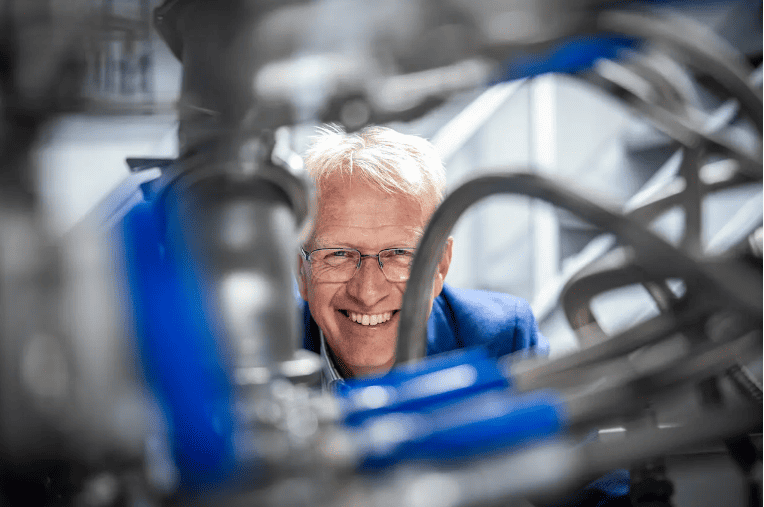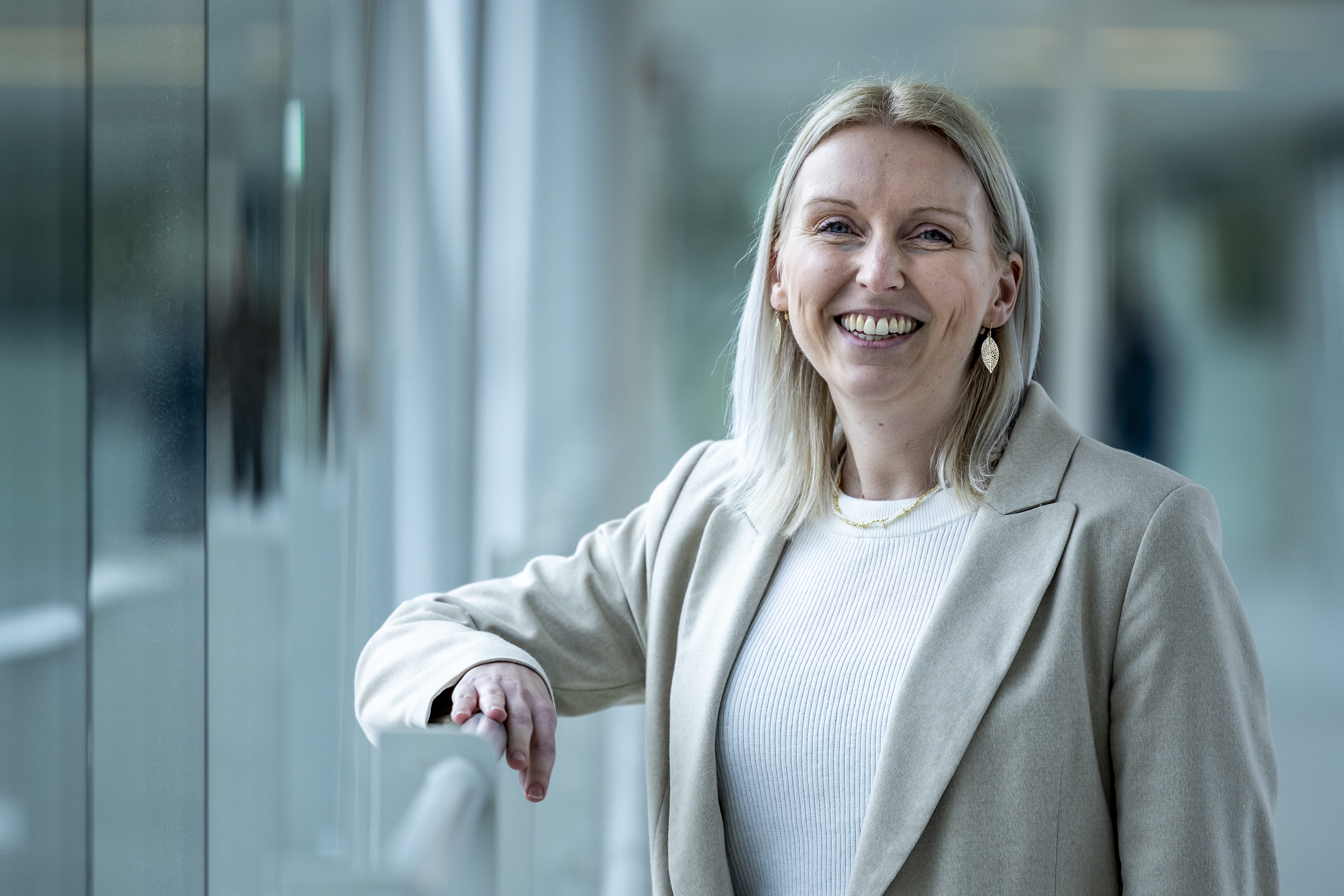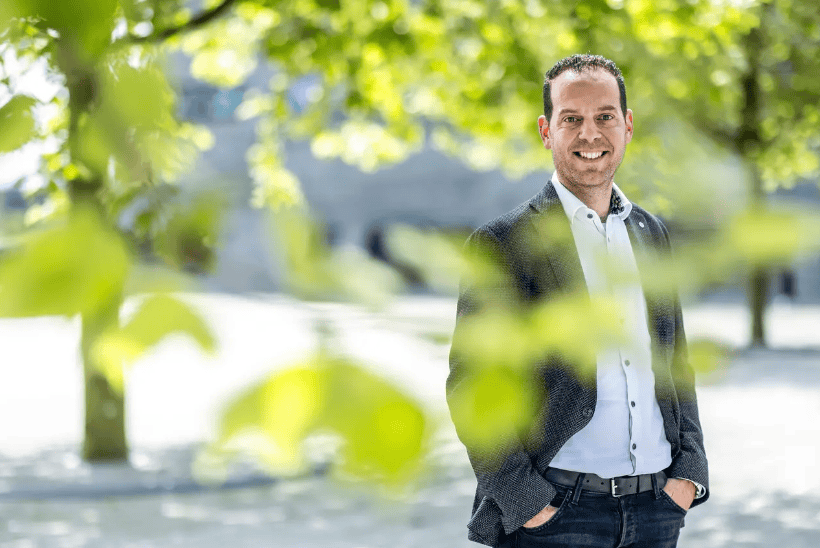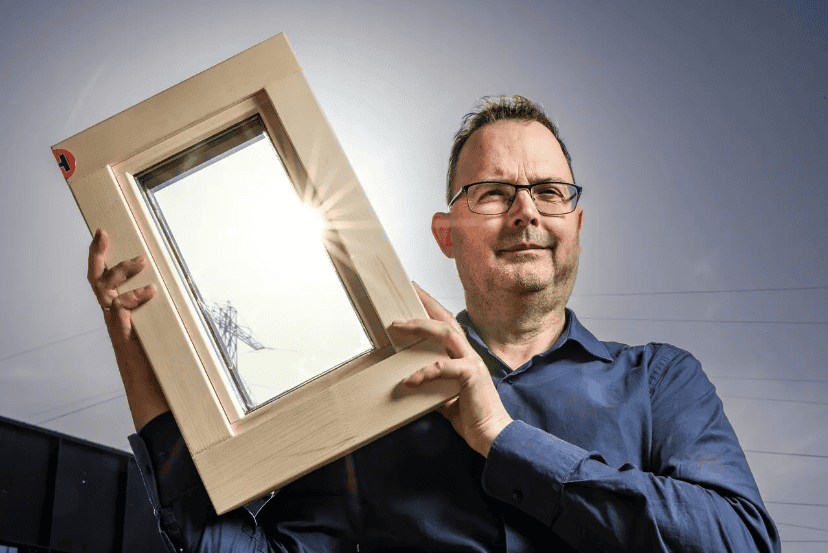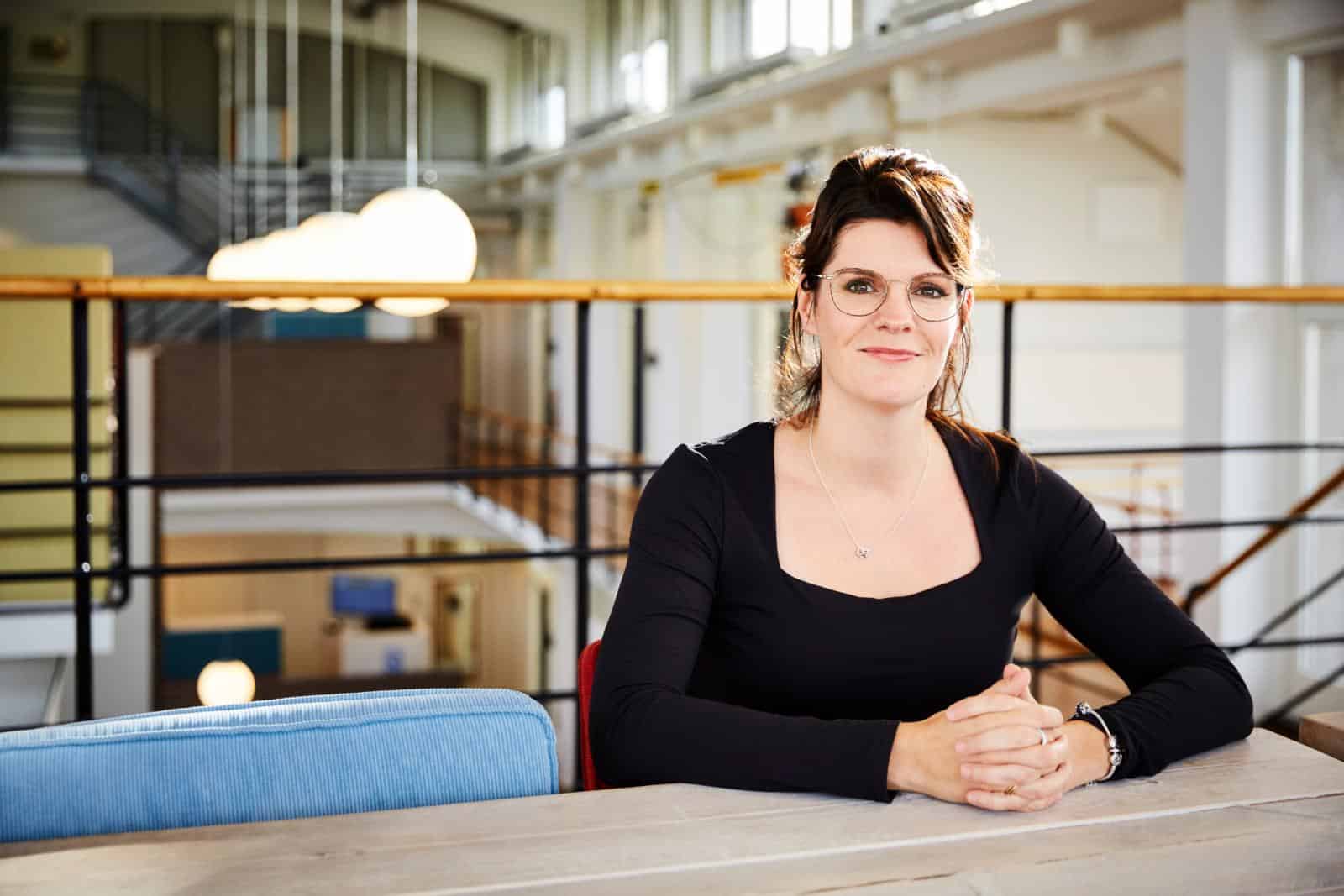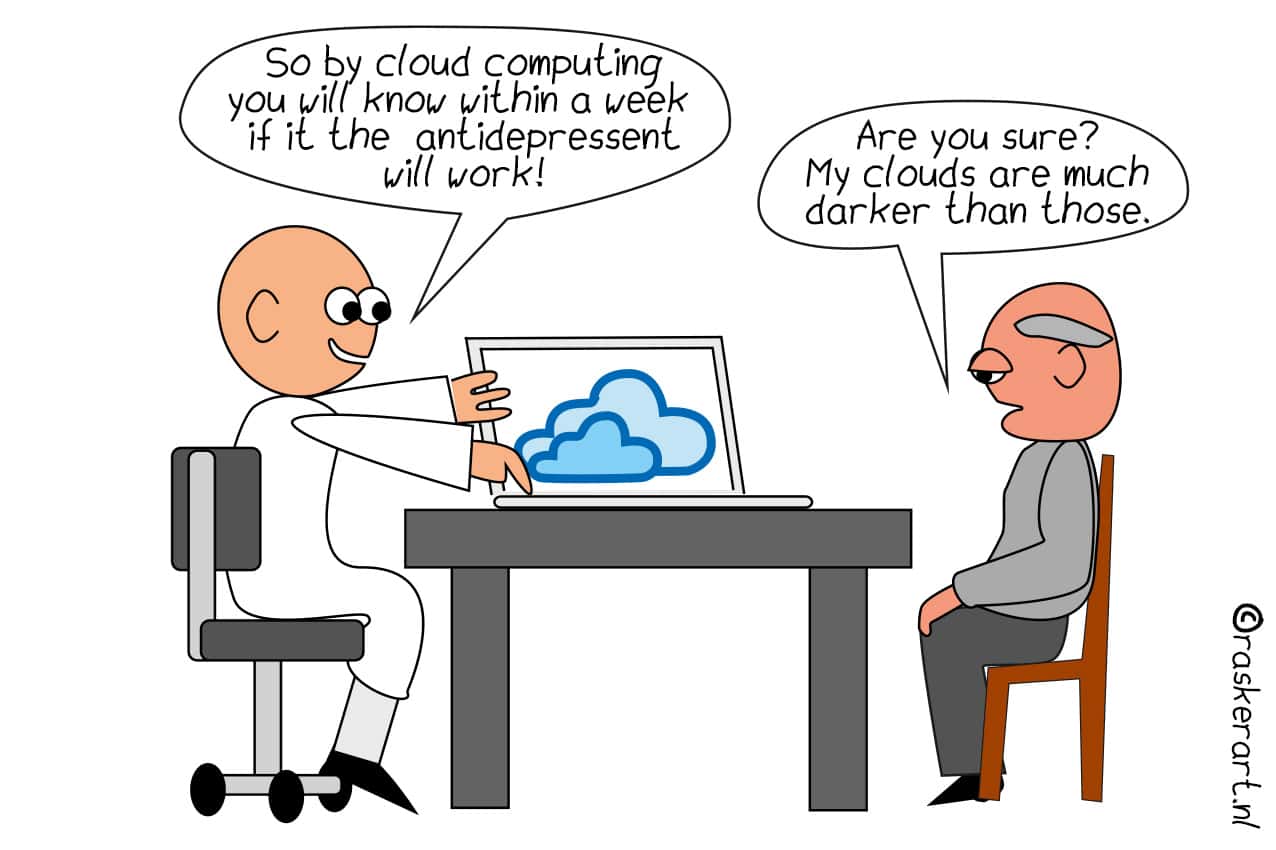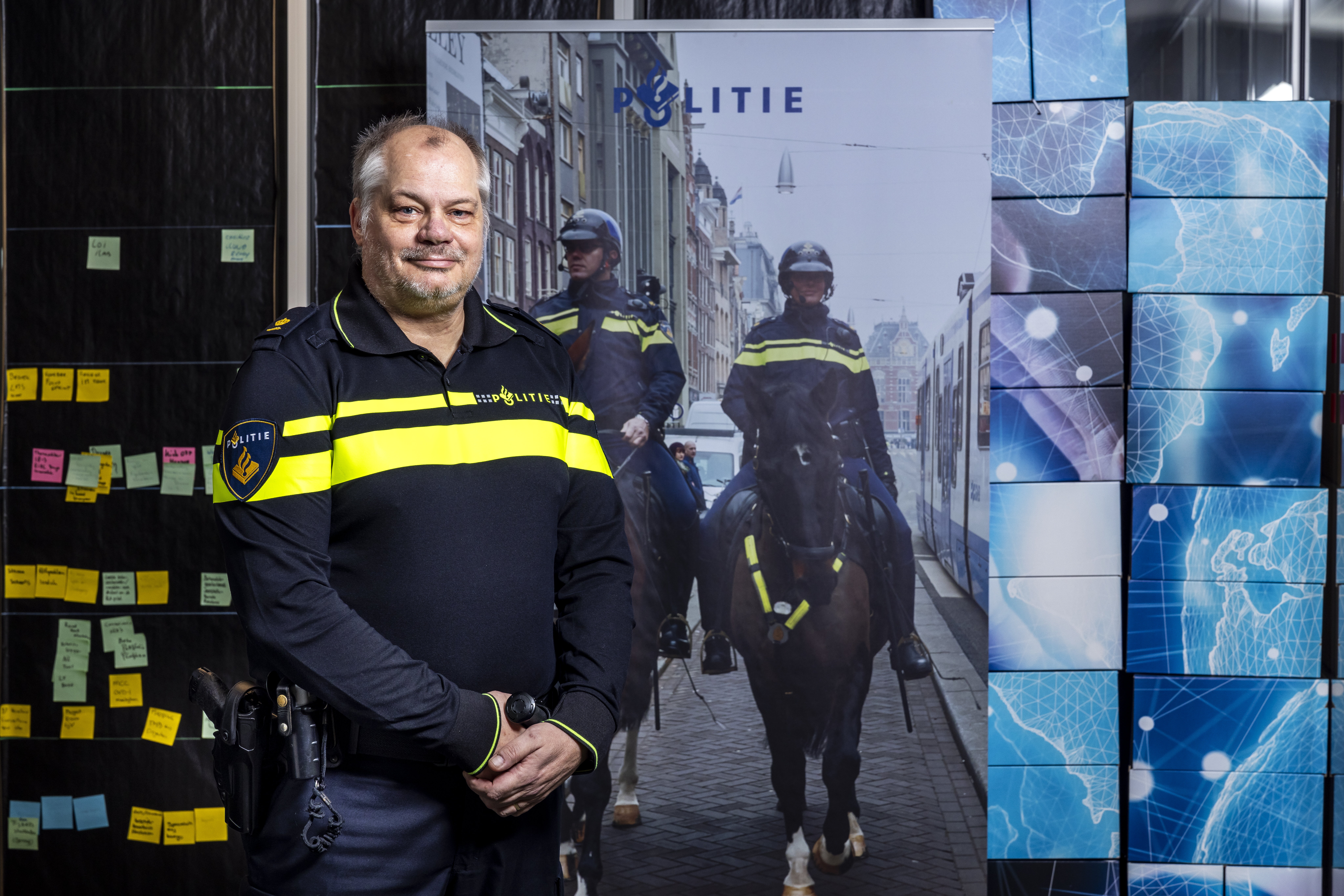
John Bloebaum had no ambitions whatsoever to become a police officer. He ended up at the Police Academy at age seventeen purely by chance. His twin brother (with the same last name, same date of birth and the same initials) applied to the program but was rejected. A few weeks later, John received an unsolicited confirmation of registration for the program. “Something must have gone wrong,” he says with some degree of understatement. He now has more than forty years of service for the police, and his brother is an executive at a healthcare institution.
Why this is important:
Discover how the Dutch police drives technological advancements in law enforcement, from practical tools like “Text to Speech, Speech to Text” to addressing cybercrime challenges and exploring innovative solutions like drones. Manager and police officer John Bloebaum gives insights into the evolving landscape of police technology for public safety.
Born in Brunssum, Bloebaum isn’t just a police officer. He is a manager and head of product development at the Police Innovation Laboratory (iLab). Prior to this, he worked on the streets, in the control room, and for the traffic police. He became fascinated with accident analysis, and held chief positions at various units in South Limburg before eventually ending up in intelligence. In 2017, Bloebaum set up the iLab.
The Police iLab at the Brightlands Smart Services Campus in Heerlen develops innovative technology to fight crime. Seventeen data analysts and product developers work there.
“It was the time of blockchain, databases that involved huge amounts of data. Cybercrime was on the rise, but the police didn’t have any knowledge in this area. In order to continue to guarantee good intelligence, it was helpful to be able to connect with organizations or knowledge institutes that had expertise in technology and data analysis. This was how we ended up at the Brightlands Smart Services Campus in Heerlen.”
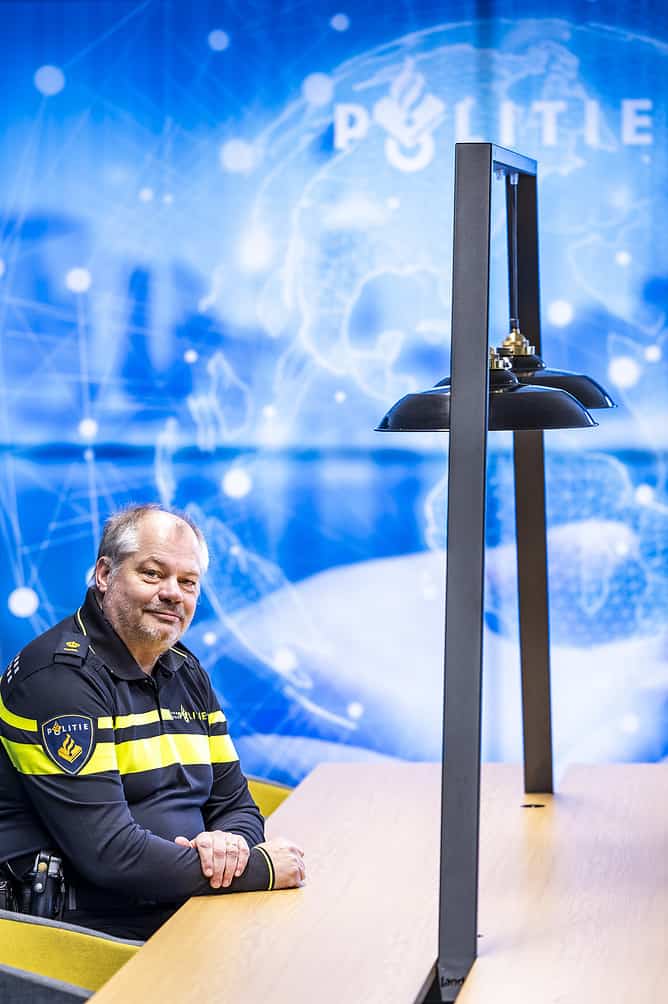
‘If you don’t think about tomorrow today, by tomorrow, you’ll be behind’
Criminals are using technology more and more and on an increasingly larger scale. Bloebaum: “It’s important to be able to assess how this technology is developing. The police do, of course, have to be visible on the streets, but it’s about the longer lines here. Today’s innovation can be tomorrow’s operation. If you don’t think about tomorrow today, by tomorrow, you’ll be behind.”
Saving time
One of the things the iLab is studying is how police can work from the cloud, for example. One of these programs is called “Text to Speech, Speech to Text.” Bloebaum: “When a biker (police officer on a bicycle, ed.) apprehends someone, they have to request additional information or use their service phone to find it themselves. It’s easier to do this using speech, and then get the answers back in their earpiece. The report is recorded through that same earpiece. This saves time. Police officers can also use it to make instant verbal notes that they can consult later. We’re going to run tests on this project in a pilot so we can incorporate users’ experiences later on. It’s not just about technology; it involves interaction between man and technology. Having equipment is one thing, you also have to train people to use it properly.”
Not every innovation proves to be easily applicable. Bloebaum provides the example of specially developed glasses that can take film and photo recordings of your surroundings. It enables police officers to remotely watch what the officer with the glasses sees. “We tested these glasses in a forensic environment, so at a crime scene. The forensic specialist at the site can then consult with colleagues at the station who can watch along with them and pass on information. This proved too complicated in practice however. Not everyone likes the fact that others can always watch, and the special battery the glasses needed made it all even more complicated. We have put that particular project on hold for now.”
Drone technology
Bloebaum and his team are also working with drones that recognize sound, smell and heat. “Sometimes, it’s more efficient and cheaper to use a drone than a police car or a helicopter. We’re now collecting all the data that may be necessary to do this. Ideally, the goal is to have a network of drones with sufficient coverage and that can be activated with a signal. Suppose a stolen car gets caught on a traffic camera. The nearest drone automatically picks up the signal and starts recording. We’re not quite there yet, but we’re giving it a lot of thought.”
John Bloebaum also realizes that the prospect of a huge fleet of “thinking” drones controlled by artificial intelligence doesn’t always appeal to people. “This won’t be the reality. What’s more likely is the potential use of drones at large events, demonstrations or festivals, for example. Technically, it should be possible, but getting the legal aspects squared away is when it becomes more difficult. Right now, someone should essentially be able to keep a drone in their sights and also retrieve it. From an innovation standpoint, I think we need to look at the possibilities. I am aware that there’s resistance from society but criminals are also increasingly using technology.”
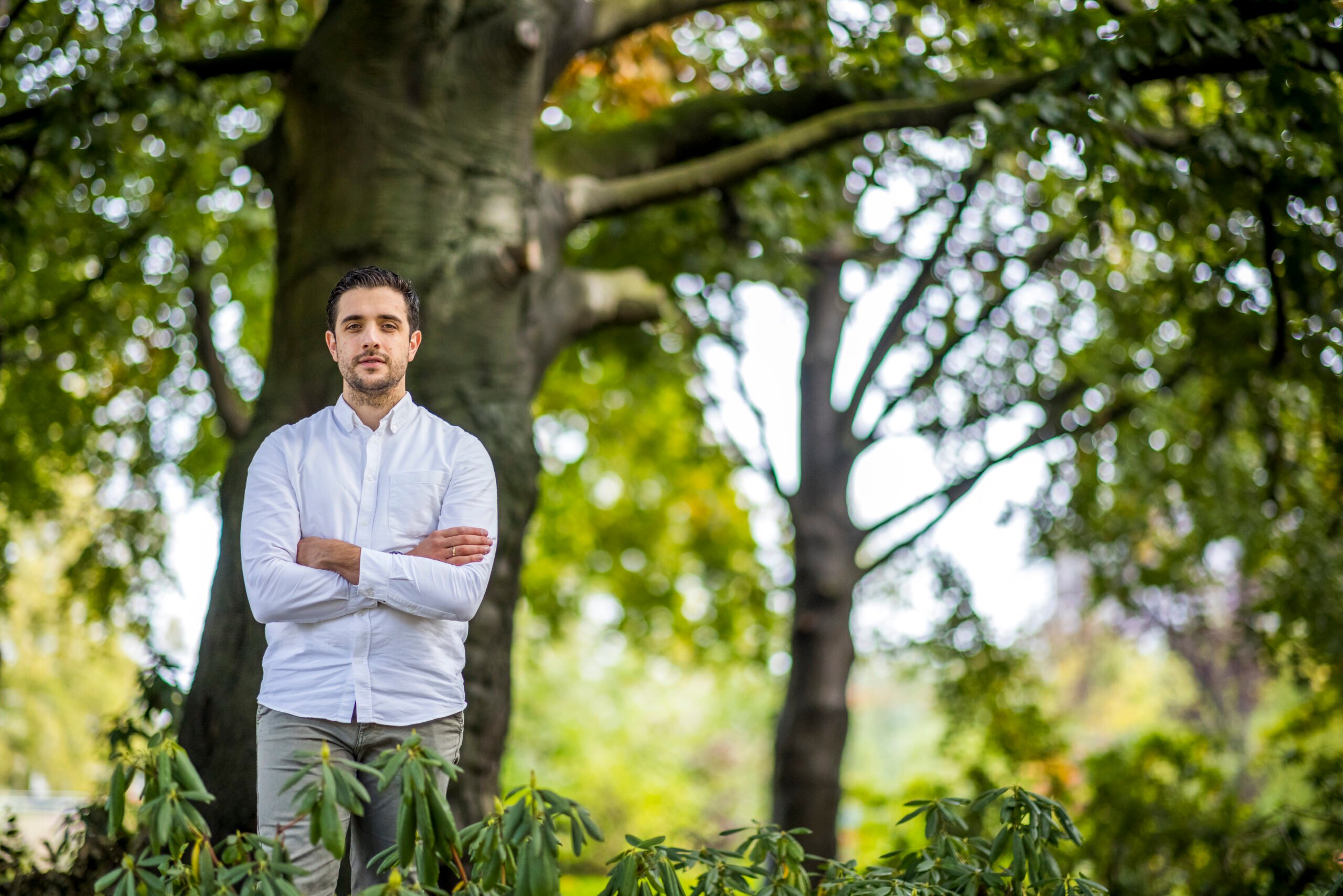
‘Technology in the underworld has become fairly normal’
When it comes to technology, the enemy isn’t standing still. “It works no differently in the underworld than in legitimate society,” Bloebaum says. “If we can use AI, then so can criminals. Technology is fully integrated in their methods; just take cybercrime, for example. A few years ago, technology was the domain of thehappy few in the underworld. These days, it’s become very normal. And there is a lot of money available to spend on it.”
We move on to the topic of earnings models. Drug cartels can buy planes and submarines if they have to, and pay insane amounts of money to collectors, or for bribing port employees. Bloebaum: “And yet, I still believe in the goodness of mankind. You can make a lot of money in the criminal world, but you’ll never be able to leave it again.”
Phishing emails
Bloebaum believes that society can trust the police to offer protection and that they stand for safety for everyone. “Part of this trust also comes from innovation. Citizens and government agencies have to be able to trust that we can handle crime. I understand that people think the police are somewhat behind the times in terms of technology and innovation, but this isn’t true. In the Netherlands, we’re actually ahead of others. Take the studies on cryptodata for example. We can crack this now; the High-tech Crime team is hyperfocused on this.”
Cybercrime might seem to be largely invisible, but the Central Bureau of Statistics reported 2.2 million victims of this type of crime in 2022. To illustrate: during that same year, 17,300 Dutch people were victims of residential burglary.“And the difference is only growing,” says Bloebaum. “No one keeps money in their house anymore, and criminals know this. They would rather send ten thousand phishing emails simultaneously from their home computers than risk having a potential victim waiting behind their door with a baseball bat. There are people who think they’re transferring ten cents but it turns out to be 10,000 Euros.”
“Citizens and government agencies have to be able to trust that we can handle crime. I understand that people think the police are somewhat behind the times in terms of technology and innovation, but this isn’t true. In the Netherlands, we’re actually ahead of other countries.”
John Bloebaum
And yet, cybercrime isn’t the iLab’s core business at the Brightlands Smart Services Campus. Bloebaum and his associates do work with the Cybercrime team, much as they do with numerous startups and connectors such as Accenture and Mediaan Conclusion (formerly Conclusion Zuyd), or the Brightlands Maastricht Health Campus (DNA data recognition).
Digital solution
Team Bloebaum is working on around fifteen projects. The team performs data analyses to give police officers a good overview of a variety of files and systems and can also use them in practice. One project is currently in the preparatory phase and involves people responsible for guarding detainees all over the country. “Taking detainees outside every day involves a lot of paperwork. Which detainee will be let outside, and at what time—everything has to be made note of. Now guards have to enter everything into the system themselves. If they can automatically log in via their phone, they don’t have to keep going back inside to do this; the notification will automatically get sent to the right place in the system. We are also looking at the digital criminal law chain. Sometimes, entire pallets stacked with case files need to be taken to court for large criminal trials. This can involve tens of thousands of pages. We’re trying to find a digital solution so that you can easily highlight a few of the parts of this process and link them together. A national team is working on this, and we’re going to run the pilot here. It will save time, paper and storage space.”
The campus in Heerlen is a good ecosystem, in Bloebaum’s view. “Although you can’t ever meet often enough.” Twenty percent of his team members’ time is dedicated to acquiring new knowledge. “I call it corporate tinkering; we’re looking at new technology such as language models, speech technology, AI, ChatGPT, extended reality and virtual reality. What kinds of things can we do with all this technology? What will it mean for the future? Are we digitally proficient enough to understand how it works? We’re trying to get the hang of all these things so we can prepare for the future. We can’t get into a future situation where we have to say, “Sorry, we still have to look into that.”
